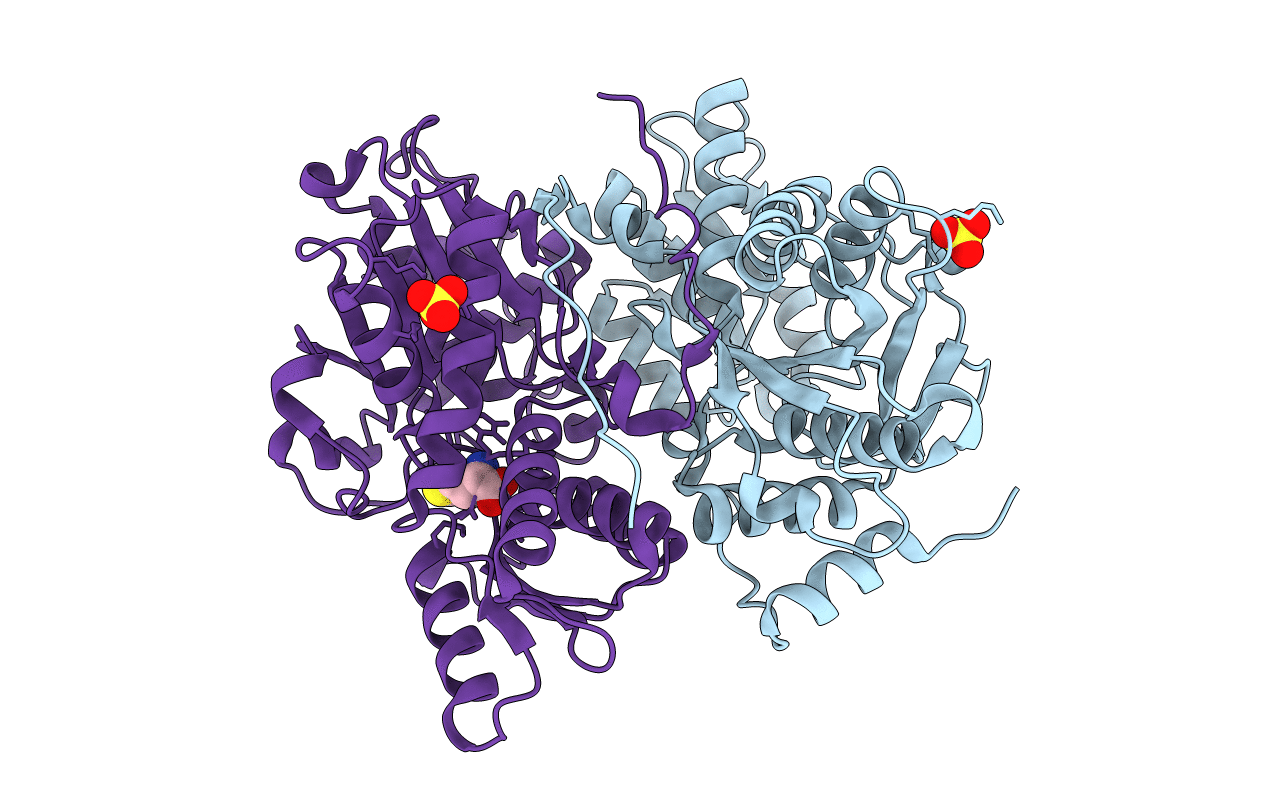
Deposition Date
2013-02-19
Release Date
2013-12-04
Last Version Date
2024-03-20
Entry Detail
PDB ID:
4JBL
Keywords:
Title:
Crystal structure of O-Acetyl Serine Sulfhydrylase from Entamoeba histolytica in complex with Methionine
Biological Source:
Source Organism:
Entamoeba histolytica (Taxon ID: 5759)
Host Organism:
Method Details:
Experimental Method:
Resolution:
2.00 Å
R-Value Free:
0.22
R-Value Work:
0.17
R-Value Observed:
0.18
Space Group:
P 41


